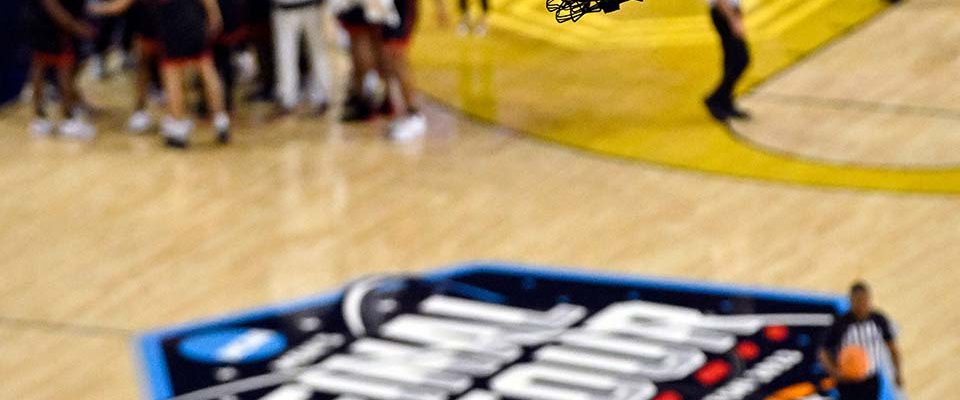Football has been flying with him for some time. “Drone technology arrived like a tsunami,” says Luis Llagostera, CEO and founder of Fly-Fut, a pioneering company in recording matches and training sessions with a drone. First there was the amateur competition with personalized summaries and streaming matches. Then came the jump to the elite for a detailed study. “The best analysis gives you the best image. And the best image, with the overhead shot and the progressive shot, is given to you by the drone”, Llagostera points out accurately.
Drones are beginning to be key to the elaboration of the strategy. Helps set up specific plays for free kicks or corner kicks.
Manchester City or Monaco led the way. Today Spanish football follows the path. Sevilla, Atlético, Valladolid and Leganés, among others, have incorporated drone analysis into their day-to-day activities.
“When a full-back is late to recover his position or the midfielder doesn’t arrive to cover his teammate, he looks perfect with the drone. It is key to strategy development. Helps set up specific plays for free kicks or corner kicks. And the distance between the lines is also very clear. We look for it to always enter from the last defender to the last forward”, explains Pedro Villegas, the company’s director of operations. “We apply layers of artificial intelligence to track a specific player, average speed, number of steps taken, reaction time,” adds Álvaro Ibáñez, director of product and innovation.
But the drone revolution reaches much further. The aerial plane gains in agility and spectacularity. It is an essential part of sports audiovisual language and takes the viewer to a new dimension. “In soccer it is used to decorate the broadcast in previews, breaks or post-games. It is not convenient to abuse during the game because the most important thing is to tell what happens in the match ”, specifies Molés, head of Sports Production at Movistar +.
“It has a great application in fast sports such as ski slalom, Formula 1 or even athletics. It introduces realism and speed and the spectator feels inside the action”, adds Molés.
A drone flies over the track during an NCAA National Championship game in Houston.
Logan Riely via Getty Images
Its versatility and its price also broaden its range of action. “Drones have two key advantages: aerial shots can start much closer to the ground, and they are a much cheaper option than filming from a helicopter. On the other hand, the camera can be improved and the movements are limited. The next thing will be to improve the transmission links to gain image quality and control from the mobile unit in the direct ones”, adds Luis García Colombo, head of the Broadcasting Department of the platform.
